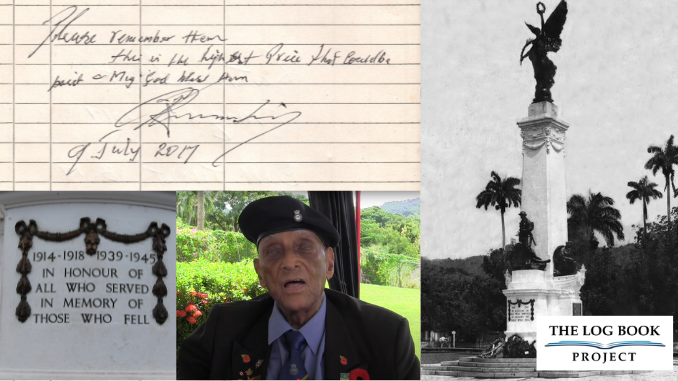
Reginald Cherebin, a distinguished Saint Lucian veteran, served in the British West Indies Regiment during World War II.
Enlisting in 1942, his military journey began in Trinidad, followed by postings in British Guiana (now Guyana), Grenada, and ultimately Saint Lucia. Throughout his five and a half years of service, Cherebin was part of the Royal Artillery and later the Royal Army Medical Corps, contributing significantly to the Allied war effort within the Caribbean theatre.[1]https://thevoiceslu.com/2015/11/remembering-our-world-war-veterans/
Royal Artillery (RA)
The Royal Artillery (RA) during World War II in the Caribbean functioned as a key branch of the British Army, responsible for coastal defense, anti-aircraft protection, and garrison duties across the region.
The RA also often worked with or oversaw local Caribbean units like the Caribbean Regiment, British Honduras Volunteer Guard, and the Trinidad Volunteer Force.
Thousands of men from across the Caribbean — including Saint Lucia, Grenada, Trinidad, Jamaica, and British Guiana — joined the British Army and served in the Royal Artillery or adjacent units. Many were trained in the Caribbean before some were posted to North Africa, Italy, and the Middle East later in the war.
Having served for 1 year with the Royal Artillery (RA) on Trinidad Cherebin transitioned to the Royal Army Medical Corps.[2]Unsung war heroes of Saint Lucia : honouring Saint Lucia’s servicemen and servicewomen & Commemorating the 60th anniversary of the end of world war II, 2005 / a publication of the Saint … Continue reading
The Royal Army Medical Corps (RAMC)
The RAMC was a specialist corps in the British Army that provided medical services to all Army personnel and their families, in war and in peace. During World War II, the RAMC played a crucial role in maintaining the health and well-being of soldiers stationed in various regions, including the Caribbean.
The RAMC’s presence in the Caribbean was essential in supporting the overall effectiveness and readiness of British forces stationed in the region.
Through the war they faced significant medical challenges in the Caribbean, a tropical environment where diseases were a constant threat to both military effectiveness and personnel survival. The most pressing diseases the RAMC contended with included Malaria, Yellow fever, Dengue fever, Typhoid fever and a wide variety of other illnesses.
Caribbean personnel serving in the Royal Army Medical Corps (RAMC) were deployed outside the Caribbean during and after World War II, though not as distinct Caribbean RAMC units, but as individuals attached to British and Commonwealth formations.
During his service with the RAMC Cherebin was sent to Guiana. Here he served for three months at a Battle School located in the Tacama jungle presumably providing medical support to soldiers in training.
Quite possibly the site still remain in use by the Guyana Defence Force as the Takama Base situated in the Upper Demerara-Berbice region of Guyana, near the localities of Kumaka and Paradise.
Following his time in Guiana he was transferred back to Trinidad in 1945 and later to Grenada. As the Windward Islands Battalion HQ was moved to St. Lucia he followed and remained three until 1947 as the unit disbanded.
Cherebin attained the rank of full Corporal and received an honorable discharge in 1947.
Postwar service
After the war, Cherebin remained in Saint Lucia, dedicating himself to veteran affairs. He served as the Past President of the Saint Lucia Branch of the Royal Commonwealth Ex-Service League, advocating for the rights and recognition of ex-servicemen. His commitment to service and community was acknowledged through honors such as the Member of the Order of the British Empire (MBE) and the Saint Lucia Medal of Honour (SLPM).
Distinguished veterans, such as Reginald Cherebin, SLPM (B), MBE, and Haynes Cyril, SLMH (S), OSJT.J, CPM., QPM, both Past Presidents of the Saint Lucia Branch of the Royal Commonwealth Ex-Service League, are often present at these services, symbolizing the enduring legacy of those who served.

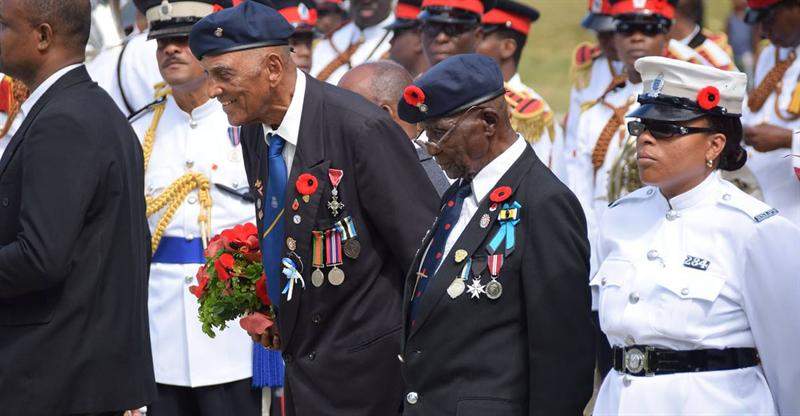
These commemorations serve not only as a tribute to the fallen but also as a reminder of the sacrifices made for peace and freedom.
Legacy and signature
During World War II, over 10,000 Caribbean men and women voluntarily served in the British Armed Forces during WWII. While mostly overlooked, they all made significant contributions to the Allied war effort, often in roles that were vital to the success of military operations.
Having the signature of Reginald Cherebin and his peers is a tremendous honor. It symbolizes a direct connection to the rich overlooked legacy of Caribbean soldiers who fought valiantly during the war.
Cerubin’s entry into the log book is profound as it is humbling.
Please remember them, this is the highest price that could be paid. May God bless them.
Reginald Cherebin, 9 July 2017
For a more personal insight into Reginald Cherebin’s experiences and reflections, you might find this interview enlightening:
References


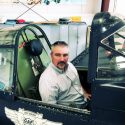
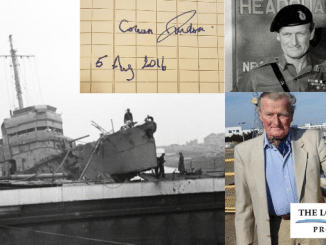
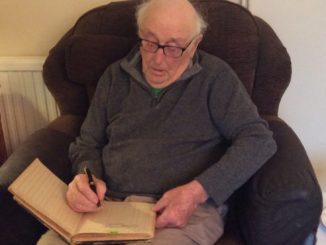
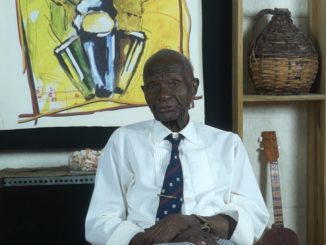
Be the first to comment